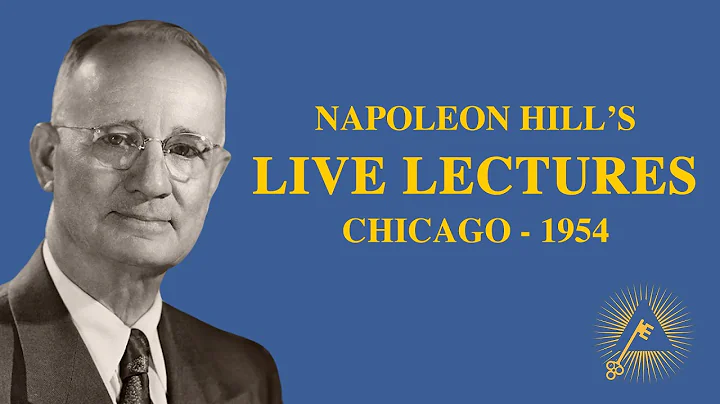Red represents passion, and red symbolizes revolution. In " Internationale " it is sung: "Hurry up and burn the fire red, strike while the iron is hot to succeed!" Looking back on the century-old struggle of the Chinese people led by the Communist Party of China, it is all closely related to this red. In the old revolutionary areas Jinggangshan , the revolutionary holy land Yan'an in northern Shaanxi... The revolutionary footprints left by the Chinese Communists have formed a red culture with rich connotations. This touch of red is an effective carrier for inheriting the revolutionary spirit and highlighting excellent culture; it is a living teaching material for educating the younger generation, strengthening their ideals and beliefs, and advocating moral sentiments; it is a symbol for communists and revolutionary masses to not forget their original aspiration and mission, always maintain their revolutionary nature, and continue to work bravely The source of strength for progress...
Shouguang is an area with a glorious revolutionary tradition. Here, the first rural party branch in Shandong was born; here the Niutou Town Anti-Japanese Armed Uprising was launched, and the first anti-Japanese shot in Eastern Shandong was fired; here It is also the hometown of Chen Shaomin, the "Female General with Two Guns" and "Contemporary Hua Mulan"... As July 1st approaches, let's explore these red holy places with you, appreciate the charm of red culture, accept the influence of red culture, and celebrate the centenary of the party together!
Chen Shaomin Memorial Hall
Appreciate the style of the "Two-Gun Female General" and "Contemporary Hua Mulan"

The Chen Shaomin Memorial Hall is located in his birthplace, Fanyu Village, Sunjiaji Street. It was completed and put into use in June 2014 and was refurbished in 2018. . The memorial hall covers an area of 10,821 square meters, with a construction area of 2,160 square meters. It is divided into seven exhibition halls. It uses more than 100 cultural relics, more than 300 photos, and 7 video materials to record and display the glorious life course of Comrade Chen Shaomin. It is currently the only one in the country. One by one, there are special memorial halls for Chen Shaomin.

Chen Shaomin, formerly known as Sun Zhaoxiu, is one of the few female revolutionaries in our party. He participated in the revolution in 1927 and joined the Communist Party of China in November 1928. In the early 1930s, she obeyed the organizational arrangements and went to Qingdao to carry out the labor movement. She pretended to be a couple with Ren Guozhen, then secretary of the Shandong Provincial Party Committee, to help lead the organizational work in Shandong. Later, with the approval of the organization, the two got married. For the revolutionary couple. From the late 1930s to the mid-1940s, she led the anti-Japanese work in the Henan-Hubei border area, directly participating in and commanding more than 1,200 battles, and was known as the "Two-gun Female General" and "Contemporary Mulan". She is also the main founder of , the fifth division of the New Fourth Army.
After the founding of the People's Republic of China, she served successively as Secretary-General of the Tianjin Municipal Committee, Propaganda Minister of the Tangshan Municipal Committee, Deputy Secretary of the Hebei, Shandong and Henan Special Committee, Henan Provincial Committee Organization Minister, and Organization Minister of the Party Committee of the Central Plains Bureau of the CPC Central Committee. She "is the long-term chairperson of our party." A rare female leading cadre who works comprehensively and directly leads the armed struggle in a region.

Niutou Town Anti-Japanese Armed Uprising Exhibition Hall
Let’s look back at those war-torn turbulent years

is located in the ecological economic development center of Shuangwang City, adjacent to Shandong ( Shouguang) Rural Cadre College and the Niutou Town Anti-Japanese Armed Uprising Exhibition Hall in the Judian Lake Scenic Area was completed in May 2019, with an exhibition area of 3,100 square meters. The main display reproduces the process of the Niutou Town Anti-Japanese Armed Uprising and states the story of the Shouguang people. Under the leadership of the party, we carried out an indomitable and courageous battle against the enemy.
In 1931, Japanese invaders launched a war of aggression against China, and the Chinese nation fell into an unprecedented crisis. Under the leadership of the Communist Party of China, the people of Shouguang shared the same hatred and bravely faced the national calamity. In December 1937, the "Eighth Detachment of the Eighth Route Army Ludong Guerrillas of the National Revolutionary Army" was established in the village of Niutou Town, Guangdong Province, firing the first shot of resistance against Japan in Eastern Ludong. Subsequently, this unit advanced into Jiaodong, , commanded its troops in Qinghe, and moved to Luzhong, where it made great achievements on the anti-Japanese battlefield. During the War of Liberation, this heroic unit fought from the three northeastern provinces of China to Hainan, and made immortal contributions to the birth of New China. On the battlefield to resist U.S. aggression and aid Korea, they wiped out a large number of enemies and displayed national and military prestige.
In the exhibition hall, the focus is on the immortal achievements of this heroic army, as well as the deeds and relics of heroes such as Ma Baosan and Han Mingzhu who were born in it.
Zhang Yushan’s former residence
This is the place where the original intention of the Shouguang Communists was opened

Zhang Yushan, a native of Shouguang, Shandong, was born in 1898 into a relatively wealthy peasant family. The elders in the family have been practicing medicine for generations, and his father has high medical ethics and often provides free clinics for the poor. Zhang Yushan was influenced by this, and he came up with the desire to save the poor people from the fire and water.
After the May 4th Movement broke out in 1919, Zhang Yushan, who was studying at Shandong Provincial First Normal University, participated in Jinan student strikes and demonstrations as the leader of the student self-government association. During this movement, Zhang Yushan and other young people in Shouguang further improved their ideological consciousness and gradually grew into disseminators of new ideas and culture in Shouguang. In April 1924, after being introduced by Deng Enming, the first representative and head of the Qingdao branch of the Communist Party of China, Zhang Yushan joined the Socialist Youth League and later became an official member of the Communist Party of China. Under the leadership of Deng Enming, he carried out revolutionary work in Shouguang.
In September 1924, with the approval of the Jinan Local Executive Committee of the Communist Party of China, the Shouguang (Rao) branch was established, with Zhang Yushan as branch secretary, Wang Yunshan and Yanji as branch members. This is the first rural party branch in Shandong Province and is under the leadership of the Jinan Local Executive Committee of the Communist Party of China. In February 1925, with the approval of superiors, the Shouguang Party branch was established in Shouguang County with Zhangjiazhuang as the center, and Zhang Yushan was appointed as the branch secretary. In August 1926, with the approval of superiors, the Shouguang Local Executive Committee of the Communist Party of China was established. In July of the following year, it was renamed the Shouguang County Committee of the Communist Party of China, with Zhang Yushan as secretary. Due to long-term engagement in revolutionary work, Zhang Yushan became ill due to overwork and died of illness in Shouguang in December 1927.
In the former residence, Zhang Yushan’s glorious revolutionary history is now on display.
Correspondent: Wang Fengluan





















